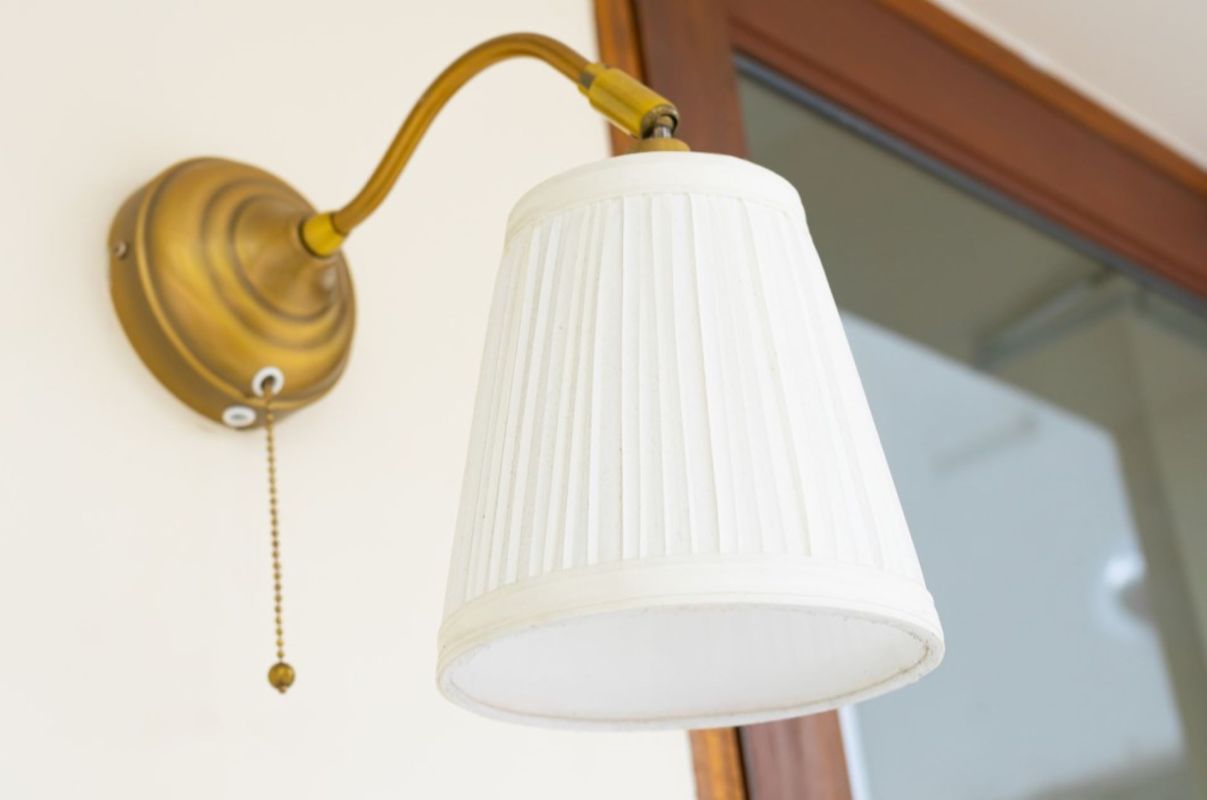The world has welcomed a number of intriguing technologies to enable air pollution reduction in recent years, but one of the latest innovations is from a source you probably would not expect.
Scientists at Yonsei University in Seoul, South Korea, have been investigating ways to improve air quality in domestic settings, and the humble lampshade might just provide a significant boost.
The study discovered that catalyst-coated lampshades have the ability to change indoor air pollutants into harmless compounds.
Can This Lampshade Destroy Indoor Air Pollution?: Scientists at Yonsei University have designed a clever coating that turns lampshades into indoor air purifiers. #Buildings #Facilities #FacilityManagement https://t.co/VOBoCH9q5e pic.twitter.com/DIeoJmkxKd
— Facility Executive (@facilityexec) August 18, 2023
According to the research, paints, cleaners, air fresheners, plastics, and furniture can all release volatile organic compounds. These VOCs include acetaldehyde and formaldehyde.
"Although the concentration of VOCs in a home or office is low, people spend more than 90% of their time indoors, so the exposure adds up over time," project principal investigator Hyoung-il Kim said in a press release from the American Chemical Society published on ScienceDaily.
An aluminum lampshade was coated with a catalyst made of titanium dioxide and a small amount of platinum, and waste heat emitted from a halogen lightbulb was utilized to heat the lampshade up to around 250 degrees Fahrenheit. At this point, the catalyst was activated, and it was then able to decompose acetaldehyde into acetic acid, then formic acid, and eventually carbon dioxide and water.
Formaldehyde can also be decomposed under similar conditions when using an incandescent lightbulb.
As observed in the report, 90% of the energy created by a halogen lamp is heat rather than light, whereas incandescent bulbs produce 95% heat.
"That heat is typically wasted, but we decided to use it to activate a thermocatalyst to decompose VOCs," Kim added.
According to the Minnesota Pollution Control Agency, VOCs can vaporize in the air and lead to a number of adverse health effects. Eye, nose, and throat irritation and headaches are among the minor health concerns, but VOCs can also cause damage to the liver, kidneys, and central nervous system, while some have been found to be carcinogenic.
While more research is required to determine if the method will still be possible with energy-saving LED lights that emit little heat, it's still a promising development.
"Our ultimate goal is to develop a hybrid catalyst that can utilize the full spectrum produced by light sources, including UV and visible light, as well as waste heat," Kim said.
According to Fast Company, the technology could be commercialized sooner rather than later, and efforts are being made to use a copper coating rather than platinum, as copper also acts as a disinfectant to further improve air quality.
Join our free newsletter for weekly updates on the coolest innovations improving our lives and saving our planet.









